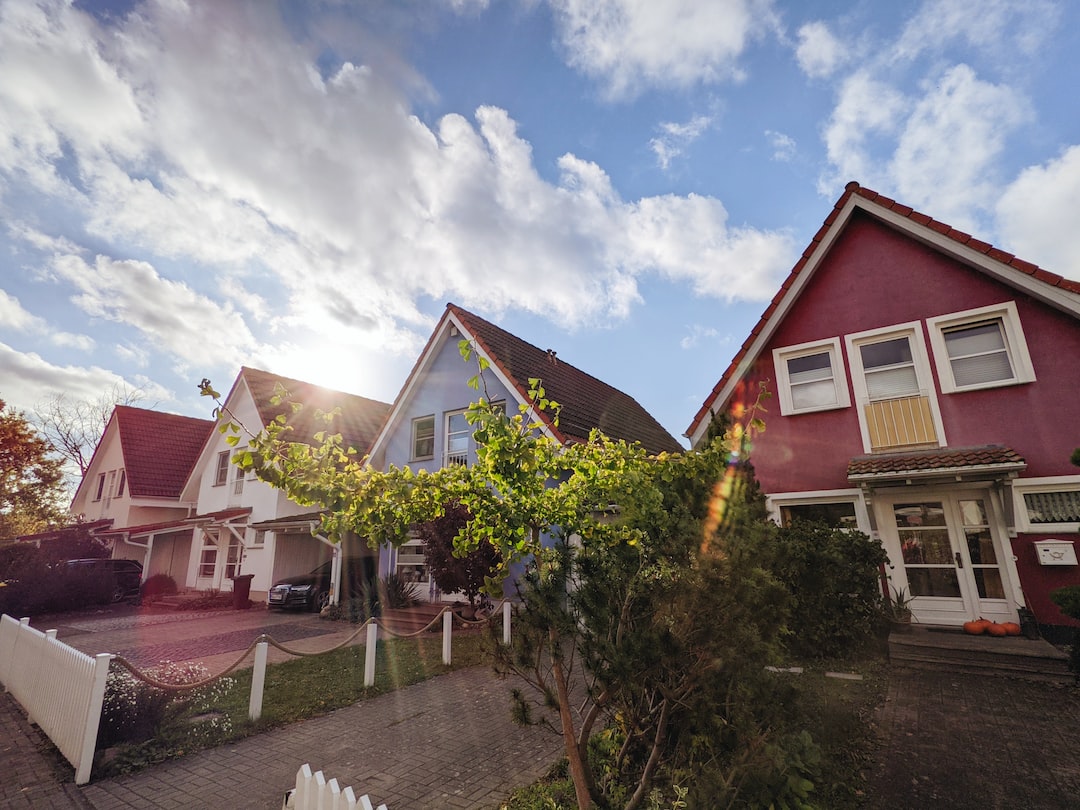Real estate ownership models have evolved significantly over the years, offering potential homeowners a myriad of options to consider. From single family homes to condominiums, the choices vary in terms of cost, maintenance, and lifestyle. In this article, we will examine different real estate ownership models and their unique attributes.
Single family homes have long been a traditional choice for homeownership. These standalone properties offer a sense of privacy and independence. With a single family home, you have complete ownership of the land and the dwelling, giving you the freedom to modify or renovate the property according to your preferences. You also have the luxury of a private outdoor space, perfect for gardening or entertaining. However, single-family homes often require significant maintenance and repair responsibilities, as all the upkeep tasks fall solely on the homeowner.
On the other hand, condos represent a different real estate ownership model that has gained popularity over the years. Condominiums are individual units within buildings that are collectively owned and managed by an association. When you purchase a condo, you own the interior space of your unit, but the common areas and the property itself are shared among all the homeowners. This means that maintenance responsibilities, such as gardening, exterior maintenance, and security, are collectively managed, reducing individual burdens. Condos also often provide amenities like gyms, pools, and shared spaces, fostering a sense of community. However, keep in mind that condo living may involve paying monthly fees for the upkeep and management of the common areas.
Both single family homes and condos come with their pros and cons, ultimately depending on your preferences and lifestyle.
Another real estate ownership model that has gained attention in recent years is co-ownership or fractional ownership. This model involves multiple individuals purchasing a property together and sharing the usage rights and costs. Co-ownership models have become popular for vacation homes or luxury properties, as they allow individuals to access and enjoy the property at a fraction of the cost. However, there can be challenges in terms of decision-making and potential conflicts among co-owners.
In conclusion, real estate ownership models offer different advantages and disadvantages depending on the individual’s preferences and circumstances. Single family homes provide complete independence and control over the property but come with more maintenance responsibilities. Condos offer a sense of community and shared responsibilities but may involve monthly fees and less privacy. Co-ownership models provide access to properties that may otherwise be unaffordable but require effective communication and management among co-owners. When considering purchasing a property, it is essential to evaluate your preferences, financial situation, and long-term goals to choose the ownership model that best fits your needs.
